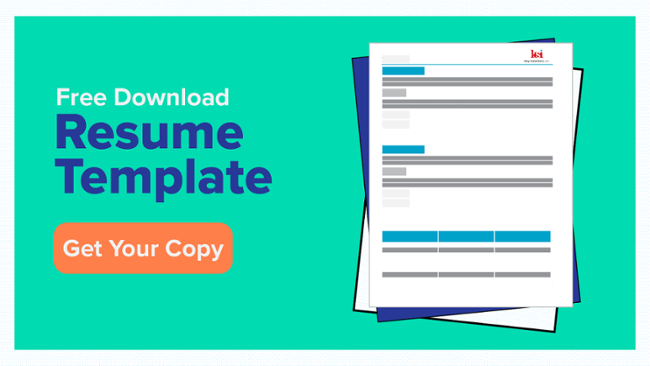
Proposals oftentimes require a Staffing Plan that shows who, how many, what skillsets, and the Level of Effort (LOE) required to execute the actual work of the contract. The Staffing Plan should go beyond immediate headcount and reflect your understanding of the customer’s mission and flexibility to respond to evolving requirements. It is a key element in increasing the customer’s confidence in your ability to accomplish the work successfully and serves as a bridge connecting your technical and management approaches.
What is a Staffing Plan?
A Staffing Plan is a detailed plan that describes the education, skills, relevant experience, training, certifications, and often security clearances of the proposed staff needed to execute a contract successfully. RFPs usually specify certifications such as PMP and technical credentials, so customers, although interested in training, tend to value professional certifications more than just training.
The Staffing Plan should include the elements in the following table:

Staffing Plan Elements graphic is from the KSI Advantage™ Capture & Proposal Guide
A company should have a strategic Human Resources (HR) plan for its approach to hiring for a project. Of utmost importance is that you have an embedded, proven process that continually identifies personnel with specific skills and can maintain a staffing pipeline to fill vacancies. Provide examples of similar contracts where you have successfully provided and maintained a stable staff. Staffing plans show you have the proper personnel and resources to perform the work, and if you don’t have them, then you have a plan to recruit and retain any needed additional staff. Make sure to establish a planning process by which the personnel needed for a project are assessed and identified.
Your ability to team successfully to expand your pool of qualified personnel is also a plus. The staffing plan should include a discussion of how to bring in staff from teammates. Keep in mind that issues of teaming agreements that specify the LOE or work share are almost always of interest to the customer. Your plan should clearly describe how you will handle subcontractors to meet staffing requirements. The customer wants to know that although you will be the prime contractor your team operates as one. Below are the KSI Advantage™ Approach recommended steps for creating a Staffing Plan.

When personnel qualifications are a high evaluation factor in the award of competitive contracts, choosing the best, most highly qualified personnel for the project becomes more important. When developing your content, provide an overview of the resource management strategy of the project. Include an overview of how contractors will be used in conjunction with Federal staff. In addition to providing an overview of how new project team members will be onboarded to the project team, make sure to include the information they will be provided with, onboarding procedures that must be followed, and expectations for their onboarding experience.
Your staffing plan should show the customer your approach for managing project team attrition, including staff retention strategies and procedures that must be followed when a project team member transitions off a project. Make sure that your plan meets the deadline/schedule requirements for identifying and onboarding necessary staff.
The RFP will likely identify key personnel positions and may require you to provide names and resumes. If resumes are required, the RFP often dictates the resume format. Sometimes, however, you may need to develop a resume template based on the RFP requirements. When developing the resume format, the layout should be easy to follow, with clear and consistent headings following the order and any format requirements of the RFP.
Three of the most effective formats include table format, single column, and single column with left scholar’s margin. It is effective to include the names of the key personnel in relevant management or technical sections and refer to their skills and experience. When not required, identifying key personnel can demonstrate your level of understanding of the requirements and your commitment to successfully completing the work. Below is a sample table format resume.
 Sample Resume graphic is from the KSI Advantage™ Capture & Proposal Guide
Sample Resume graphic is from the KSI Advantage™ Capture & Proposal Guide
Your plan should also address transition support, even if you are the incumbent, and ensure continuity of operations throughout the transition with a clearly defined onboarding and attrition/turnover plan. Make sure your plan:
- Provides a low-cost innovative transition approach that meets and exceeds all Transition Service Level Agreement (SLA) requirements.
- Proposes a realistic transition of sites that consider critical sites (transition of the network, NOC, and site-specific pieces).
- Has provisioning for dual access at critical sites.
- Provides an experienced transition team.
Conclusion
The Staffing Plan should summarize all the assessments and analyses conducted, outline the decision-making process, and include concrete numbers of required personnel. By developing a comprehensive Staffing Plan, you demonstrate to the customer that you have the necessary resources to successfully execute the contract. Furthermore, it showcases your ability to recruit and retain skilled personnel, allowing you to respond quickly and effectively to changing requirements. Make sure that your plan defines program and project positions’ roles and responsibilities and their requisite skills and experience levels. A solid Staffing Plan builds a winning team with ample, qualified staff to do the work and a clearly defined organizational structure, leadership team, and management strategy.








